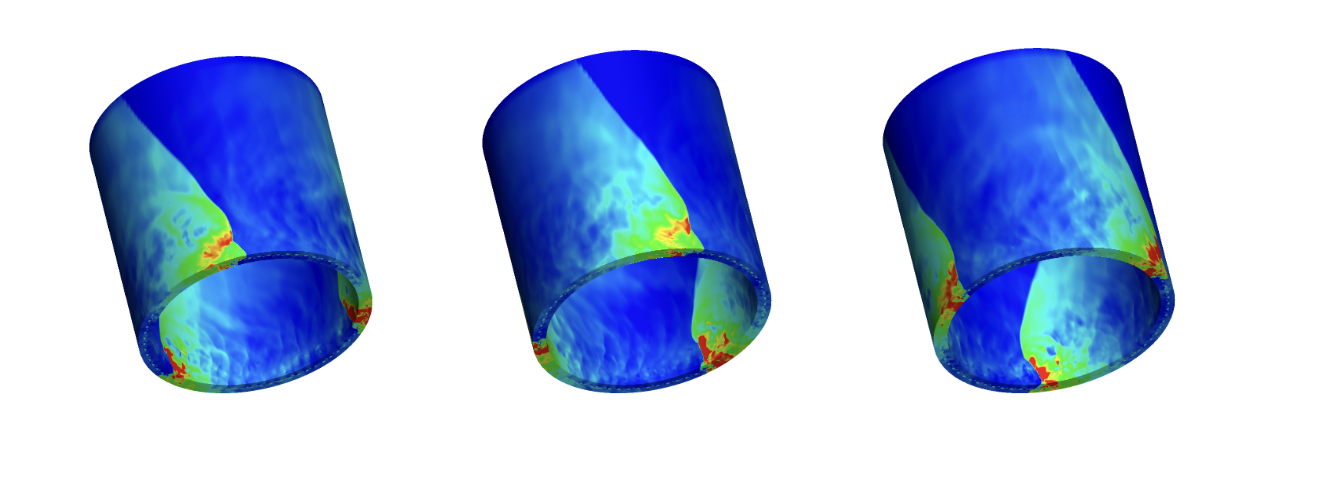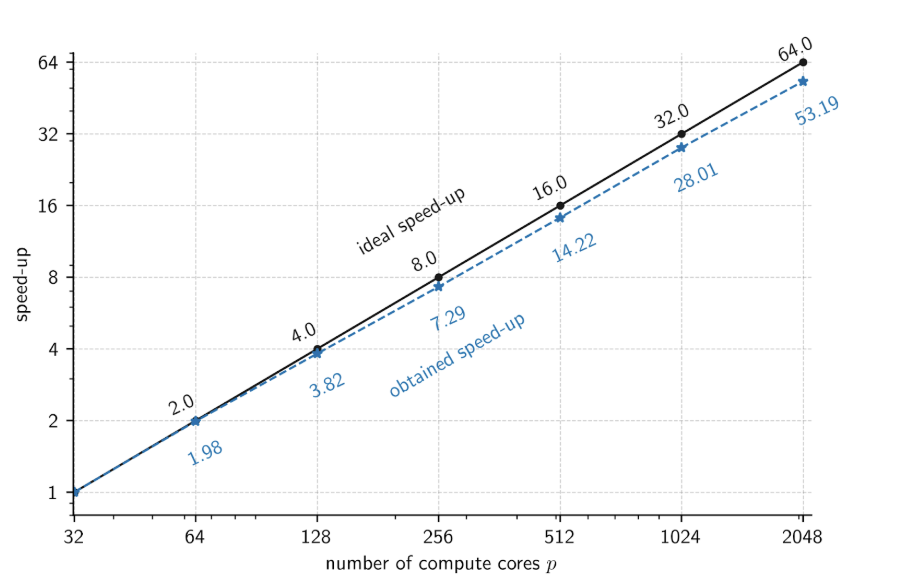Developing methods that turn three days of super‑computer crunching into mere seconds, a University of Texas at Austin led team has created reduced-order models that slash rocket‑engine simulation time by an astonishing 90,000x, opening the door to faster, smarter design of next‑generation propulsion systems.
The work targets cutting‑edge rotating detonation rocket engines (RDREs), which ignite fuel with spinning detonation waves. RDREs could outperform the propulsion devices used in today’s rockets, but their complex combustion physics makes computation painfully slow. “For example, a single simulation of one RDRE design over one millisecond of operation can take three days on a supercomputer,” explains lead author Ionut‑Gabriel Farcas. Such wait‑times cripple engineers’ ability to simulate, test and refine new ideas.
Farcas is a former postdoctoral fellow at the Oden Institute for Computational Engineering and Sciences at UT who conducted research with the Willcox Research Group and the Center for Scientific Machine Learning and is now an assistant professor in the Department of Mathematics at Virginia Tech. Farcas developed the solution in collaboration with Professor Karen Willcox and their colleagues from the Air Force Research Laboratory (AFRL). Their work, titled “Distributed computing for physics-based data-driven reduced modeling at scale: Application to a rotating detonation rocket engine,” was recently published in Computer Physics Communications, as part of the special issue on Advances in Physics-aware Machine Learning.


